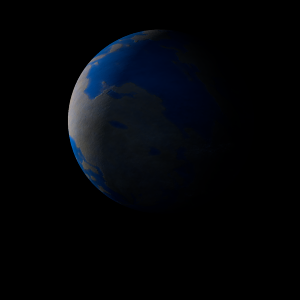|
|
Space Astro
|
Info for exoplanet "Qengg"
| Scientific (actual) data |
|---|
| Name | Kepler-1416 b |
| Planet status | Confirmed |
| Radius | 0.079 |
| Orbital period | 1.49515 |
| Discovered | 2016 |
| Updated | 2021-02-05 |
| Tconj | 2454970 |
| Publication | Announced on a website |
| Detection type | Primary Transit |
| Alternate names | 2MASS J19543923+4353386 b, K03038.01, KIC 8051946 b, KOI-3038 b, KOI-3038.01, WISE J195439.23+435338.6 b |
| Star name | Kepler-1416 |
| Right ascension | 298.66° |
| Declination | 43.89° |
| Mag j | 12.942 |
| Mag h | 12.585 |
| Mag k | 12.537 |
| Star distance | 807 |
| Star metallicity | 0.03 |
| Star mass | 1.09 |
| Star radius | 1.15 |
| Star age | 2.95 |
| Star temperature | 6019 |
| Star alternate names | 2MASS J19543923+4353386, KIC 8051946, KOI-3038, WISE J195439.23+435338.6 |
| Wikipedia article | Kepler-1416 b |
Back
| |
| Fictional info (?) |
|---|
| Suggested name | Qengg |
| Planet type | Cold planet |
| As seen relative to the fixed stars, it rotates on its axis exactly five times for every two revolutions it makes around Kepler-1416. |
| Atmosphere | Oxygen | 64% |
| Carbon dioxide | 17% |
| Ethane | 11% |
| Xenon | 7% |
| Carbonyl sulfide | 0.008% |
| Atmospheric pressure | 50 bar |
 |
| No known satellites |
| Google search for Qengg |
|
Website by Joachim Michaelis
|
|
|
|